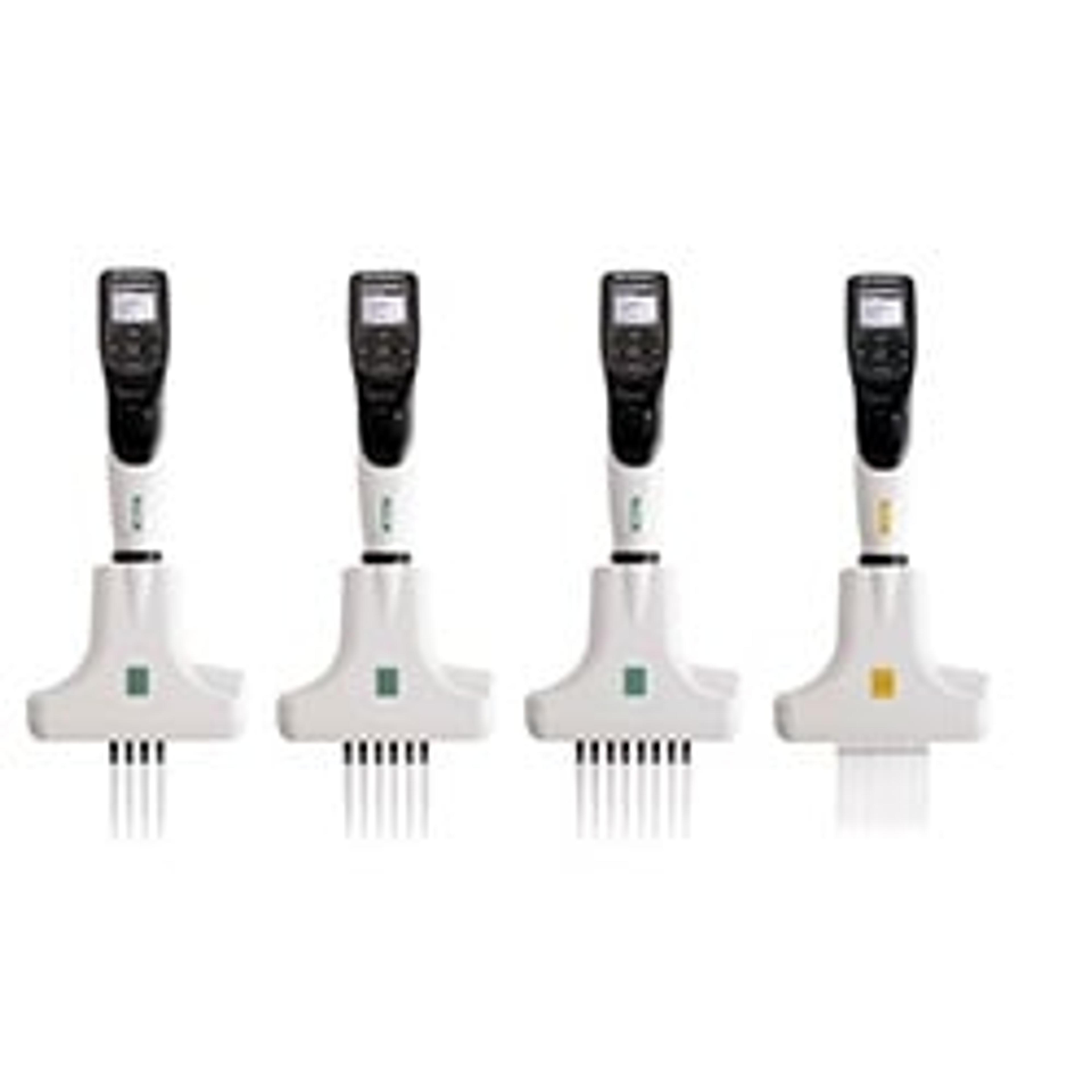How adjustable tip spacing pipettes have streamlined our cell culture workflows
25 Aug 2020
Researchers at the University of Maryland Medical School are using INTEGRA’s VOYAGER electronic pipette for a range of applications. The ability to change tip spacing at the push of a button has transformed their workflows, streamlining their processes when pipetting between two different labware formats, and saving time and money.
The Department of Anatomy and Neurobiology at the University of Maryland Medical School conducts research into Alzheimer’s and Parkinson’s in model cell systems, specifically looking at the role of certain secreted chaperones in the formation of aggregates in neuronal cell lines and brain samples. Professor Iris Lindberg explained: "Our work involves a lot of cell culture and this requires a huge amount of pipetting, including transferring samples between different plate formats and dispensing different volumes in plate wells."
Saving time and money
Iris continued: "I realized that the major cost of running a laboratory is personnel time. We try and do as much as possible in 96 well plates and to reduce our hands-on time, and that’s where we have found the VOYAGER adjustable tip spacing pipette extremely useful. Previously, we were using a single channel pipette to move our samples between different labware formats, which was very laborious. We looked at multiple options on the market, and we found that on all other systems you have to manually move a lever or dial to change tip spacing, which is inconvenient when you’re handling a plate of cells. We chose the VOYAGER because we can adjust tip spacing electronically using one hand. It’s great for a range of applications, including loading gels, repeat dispensing from the same tip or transferring between plate formats, as the variable spacing can be adjusted for your needs – even for customized gel spacing – it’s really handy to be able to go back and forth rapidly between tip spacings."
At the push of a button
The multichannel VOYAGER pipette allows tip spacing to expand anywhere between 4.5 and 33 mm at the push of a button, enabling multiple samples to be transferred simultaneously, in the blink of an eye. This reduces the number of transfer steps, and helps to prevent pipetting errors and repetitive strain injuries. Iris continued: "We perform a rapid method of picking individual stably-transfected clones of adherent eukaryotic cells from a 10 cm plate through an agarose overlay directly into a 48 well plate. The VOYAGER is then used to feed this cell plate, as well as to transfer medium to 96 well plates to screen for high-expressing clones. We use 13 mm spacing to take conditioned (serum-free) medium out of the 48 well plate, which we then change to 9 mm spacing to dispense two replicates of each original well into a 96 well screening plate, for ELISA and/or dot blot expression screening."
"I am very pleased with the VOYAGER, we’ve had it for several years and it is very robust. It is something that everybody loves and it gets used a lot; it is so user-friendly and certainly is one of my favorite things in the lab," concluded Iris.
Want to know more?
Watch this video to hear from Iris and her team about the benefits of using VOYAGER electronic pipettes>>
Do you use INTEGRA products in your lab? Write a review today for your chance to win a $400 Amazon Gift Card>>

